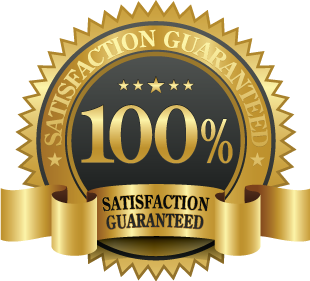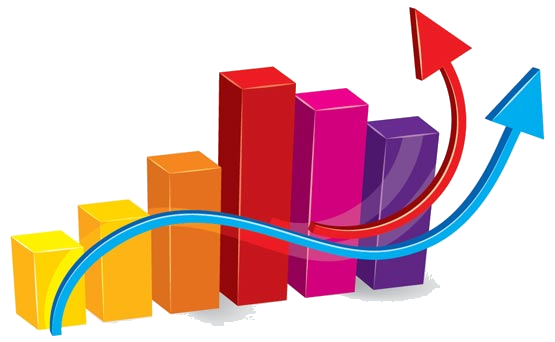Business Decision Making
Among the most important of those issues is what model of decision making – the classical deterministic
‘rational’ model, or the intuitive model, exemplified by Naturalistic Decision Making (NDC) – is the most
appropriate for a business world characterized by multiple players and teams, dynamic conditions, shifting and
competing goals, time pressure, and ambiguous or missing data.
The main objective of this assignment is to have students consolidate their class learning about the
deterministic and intuitive models of decision making by asking them to critically reflect on the merits and
shortcomings of each model in the context of contemporary business.
As a result of doing this assignment, students will be more conscious of the two alternative approaches to
decision making when called upon to take decisions in their workplace, improve their competence in decision
making, and the quality of the decisions.
THE ASSIGNMENT
This is an individual assignment in which students are expected to demonstrate four things: (i) a clear
command of the practice of deterministic and NDC decision making, (ii) a critical assessment of the respective
strengths and weaknesses of the two approaches to decision making, (iii) the suitability of the aproaches for
taking different types of decisions in different organisational contexts, and (iv) a logical process of analysis that
leads to a compelling conclusion.
Assignment reports should be precise, to the point and not exceed 2000 +/-10% words, excluding appendices,
references. tables and diagrams.
Students are asked to please address each of the following four parts of this assignment in an essay form:
1) Summarise the key features and suppositions of NDM and contrast these with those to be found in the
deterministic (‘classical’) analytical decision making model. Refer as necessary to the process diagrams
produced in response to task 2 below, to clarify your points
2) For each model produce a detailed diagram showing the steps and their names from the inception of the
decision making process to its end and the organisational and competitive conditions that are likely to be most
conducive to the successful use of the model in question. Annotate the diagrams as necessary to clarify, or
emphasise, points of particular importance.
3) Explain the advantages and shortcomings of each model for taking decisions which are pragmatic, fit-forpurpose, and acceptable to stakeholders.

 Our orders are delivered strictly on time without delay
Our orders are delivered strictly on time without delay  Our orders are delivered strictly on time without delay
Our orders are delivered strictly on time without delay 



